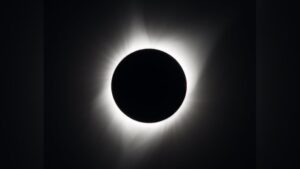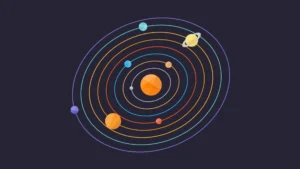You don’t need to be a nautical navigator to know what you’re looking at in the night’s sky. Although, looking at the North Star aka Polaris can be helpful according to every survival movie I have ever seen. While many folks can readily recognize constellations like The Big Dipper, Orion’s Belt, and the Southern Cross, there’s certainly a lot to look at on a clear night and you might be curious what exactly that is.
My favourite tool to use is the SkyView Lite App, which allows you to point your phone at the object you are looking at and tell you what it is, and even what constellation it is part of. Personally, I think this Augmented Reality app crushes Pokemon GO into the curb. You can also use it to track objects like the International Space Station to see when they will be visible above the horizon if you’re expecting a passover.
And, sometimes you might be wondering if an object is a star or a planet. One quick way of knowing is that planets don’t twinkle. Stars twinkle due to atmospheric scintillation – or the light being distorted as it passes through our atmosphere. Planets don’t twinkle, due to the beam of light coming from nearby planets being much stronger than the concentrated points arriving from light years away. The planets of our solar system also sit on the ecliptic, since we are all orbiting the Sun on a similar orbital plane.

As the weather warms in the Northern hemisphere, it’s a great time to get start stargazing, or tracking the International Space Station for it’s next passover in your area. Find your city on NASA’s Spot The Station site to get the details on your next viewing opportunity.



